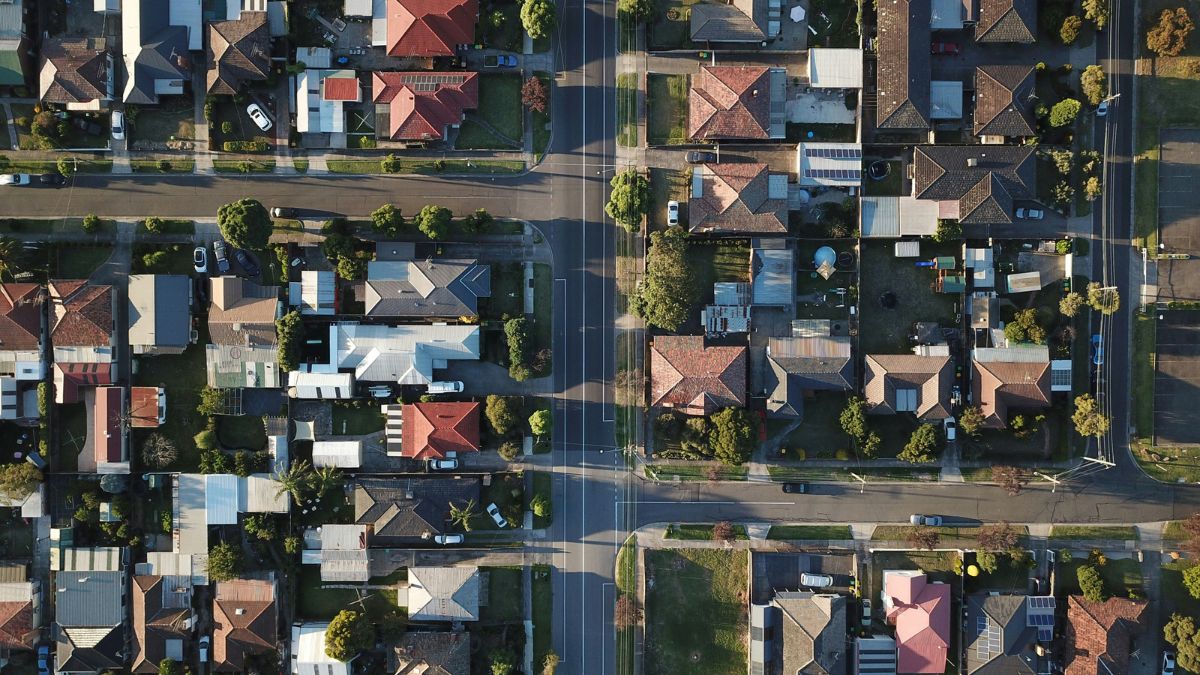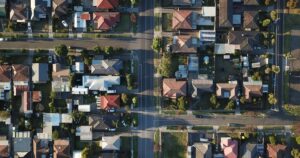Migrants are not to blame for soaring house prices

The problem of housing affordability is not too many migrants, but too many tax breaks for investors.
It looks like in this election there is going to be a lot of talk about how immigration impacts house prices. This topic can very quickly become charged with emotion, so instead let’s look at the facts.
Despite what you may have been told, over the past 10 years, housing supply has actually grown faster than the population. The number of dwellings has increased by 19%, while the population has grown by just 16%.
If supply were the only reason for the increase in house prices and the decline in affordability over the past decade, you would expect that during this time house prices would have either fallen or at least risen slower than average incomes. However, house prices have increased by 70% – well beyond household incomes. This clearly suggests that population growth is not the major factor driving house prices.
Even more clearly, during the pandemic the government closed the boarders and net overseas migration fell. That meant for one of the very few times, more people left the country than entered it. In the 18 months from March 2020 until September 2021, over 100,000 more people left Australia than entered it. That was the largest fall ever recorded.
If lowering migration made housing more affordable, then you would have expected that during this period, Australians would have experienced a great improvement in housing affordability. Alas, the complete opposite occurred. Instead of becoming more affordable. House prices rose an astonishing 20% in just 18 months.
So, if immigration is not to blame, what is driving up house prices?
This crisis started way back in the early 2000s with the idea that housing is an investment on which you can speculate. The introduction of the 50% capital gains tax discount in 1999, coupled with negative gearing, reduced the tax that investors pay, encouraging them to rush into the market and bet that prices will increase, and then get a 50% tax-free profit. The policy sent house prices soaring, and has contributed for 25 years to the sharp decline in housing affordability.
Limiting immigration and stopping foreigners from buying houses will do little to help make housing more affordable. Such a policy is just appealing to emotions rather than the facts. The first step to improving housing affordability is to stop doing what we have been doing for the past 25 years.
The first step is to reform the capital gains tax discount and negative gearing, and begin to undo the damage of the past quarter of a century and help more people own their own home.
Related research
Between the Lines Newsletter
The biggest stories and the best analysis from the team at the Australia Institute, delivered to your inbox every fortnight.
You might also like
The four things (mostly) missing from the major parties housing platforms
The housing crisis continues to grip Australia and it’s a central part of this election campaign. Unfortunately, while both major parties have made housing policies key parts of their election platforms their policies mostly tinker around the edges and fail in four key ways. They do not address Australia’s distortionary, expensive, and regressive tax concessions
5 ways and 63 billion reasons to improve Australia’s tax system
With a federal election just around the corner, new analysis from The Australia Institute reveals 63 billion reasons why our next Parliament should improve the nation’s tax system.
Housing affordability is on a very dangerous path
If housing affordability keeps going the way it has over the past 20 years, an average house in Sydney will be worth 24 years of an average salary.


